Sky bridges and covered walkways between buildings may not be a common sight in Malaysia but this looks set to change.
In the just unveiled RM60 billion mini-budget designed to shore up our economy amid a global contraction, RM100 million has been allocated to build sky bridges and covered walkways between buildings, mainly in the Golden Triangle of Kuala Lumpur.
All Malaysians would be familiar with the famous sky bridge of the iconic Petronas Twin Towers in the heart of Kuala Lumpur City Centre, an address that multinational and local corporations covet, recession or otherwise.
One covered sky bridge that has been around for a long time links the popular Sungei Wang Plaza to the Lot 10 mall, located across a thoroughfare in Kuala Lumpur’s tourist belt of Bukit Bintang.
Away from KL in suburban Petaling Jaya is the popular 1 Utama shopping complex. Here, the old and new wings of the mall are separated by a road but the two buildings are connected by a covered sky bridge on which the owner-developer has successfully created multiple decks of retail space.
As for covered walkways, a good example can be seen in Petaling Street, which is synonymous with KL’s China Town. In this case, however, the walkway does not connect buildings. Rather, a permanent translucent roof has been erected to shield shoppers, who include tourists, from the rain or harsh rays of the sun.
Sky bridges are a common sight in many parts of the world. The world’s largest skyway network, according to Wikipedia, is in Calgary, the largest city in the province of Alberta in Canada. This walkway stretches for up to 16km, although it is not continuous and does not connect every downtown building. Calgary is well known as a destination for winter sports and eco-tourism, with major mountain resorts near the city and metropolitan area.

The largest continuous network of skyways — the Minneapolis Skyway System — spans 13km and connects 69 blocks in downtown Minneapolis.
Some cities have the equivalent of a skyway underground.
Sky bridges are indeed functional. In hot humid weather like ours, air-conditioned sky bridges and covered walkways that connect buildings will bring cheer to pedestrians while creating exciting retail space at the same time.
Let’s admit it — Malaysians are becoming less impervious to extreme climatic conditions, the kind we are encountering more and more often. These days, what starts out as a hot and sunny day can end up in a severe flash flood, the kind that can swallow your car!
Sky bridges and walkways can help to ease traffic flow and the city’s intractable parking problems by taking some of the people and their cars off the roads.
Inter-building links can also serve as feeder routes to LRT stations. Yet another advantage is that they can be used to evacuate the public in an emergency.
So, sky bridges and covered walkways get the thumbs up.
That’s the easy part, but the implementation is another matter.
It is simple enough to design a covered sky bridge in a new building but adding one as an afterthought will present its share of challenges.
Besides their functionality, sky bridges and covered walkways have the potential to offer a unique visual experience of the city.
To stretch the RM100 million, the government should rope in experts such as the Malaysian Institute of Architects. A competition to design these structures would be a good platform to engage and promote our local talent.
While building owners must have a say in what is to be built in the midst of their properties, the twin “T” principles — theme and taste — must be emphasised.
No, make that a triple “T”. The people demand transparency — be it in the selection of participating buildings or awarding of contracts to build the structures. We must ensure that the RM100 million works for us. Especially given the tight spot we find ourselves in.
Au Foong Yee is editor of City & Country
This article appeared in City & Country, the property pullout of The Edge Malaysia, Issue 746, March 16-22, 2009.
TOP PICKS BY EDGEPROP
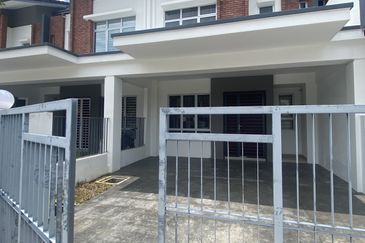
Livia @ Bandar Rimbayu
Telok Panglima Garang, Selangor
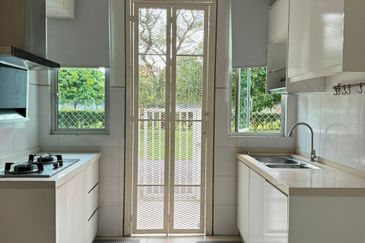
Chimes @ Bandar Rimbayu
Telok Panglima Garang, Selangor
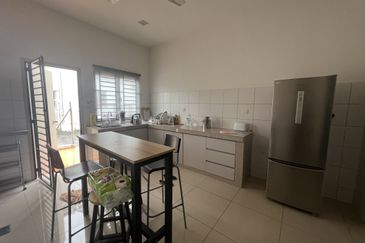
Penduline @ Bandar Rimbayu
Telok Panglima Garang, Selangor

Penduline @ Bandar Rimbayu
Telok Panglima Garang, Selangor

Robin @ Bandar Rimbayu
Telok Panglima Garang, Selangor
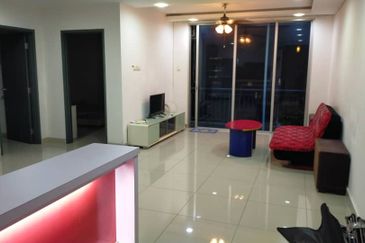
D'Ambience Residences (Ikatan Flora), Bandar Baru Permas Jaya
Permas Jaya/Senibong, Johor

D'Carlton Seaview Residences (Seri Mega)
Masai, Johor

Apartment Tanjung Puteri Resort
Pasir Gudang, Johor

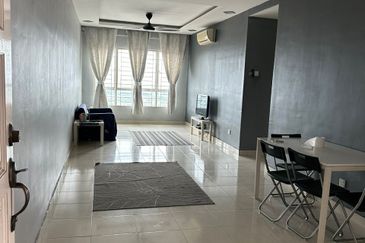
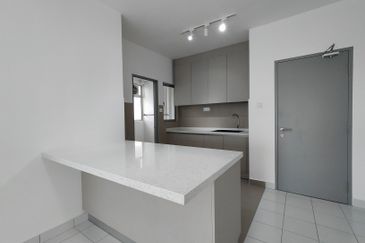

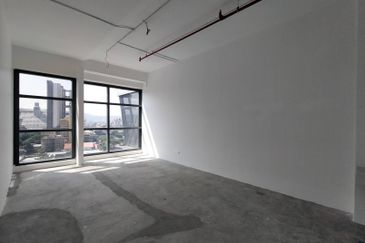


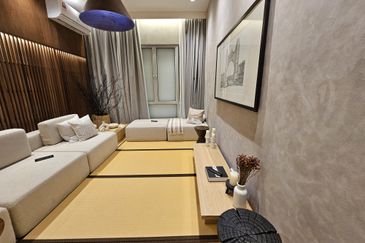
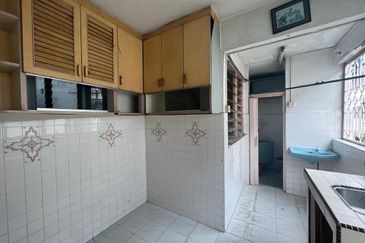

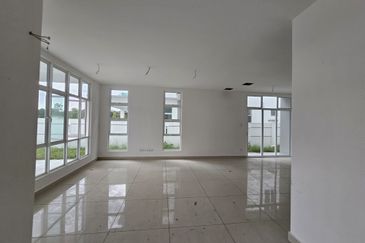

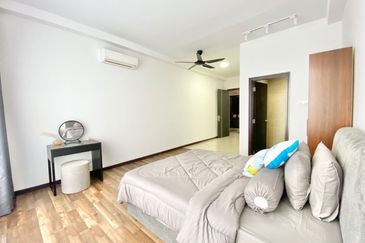
hero.jpg?GPem8xdIFjEDnmfAHjnS.4wbzvW8BrWw)



